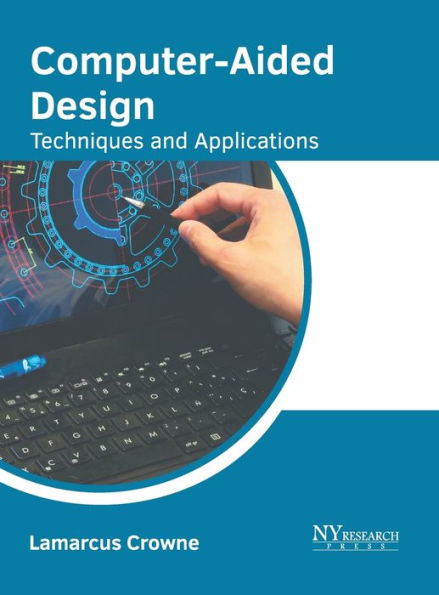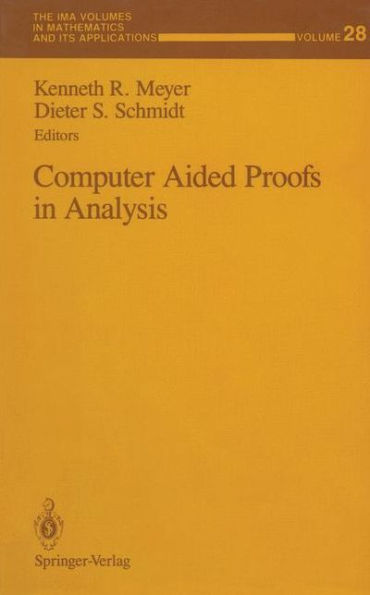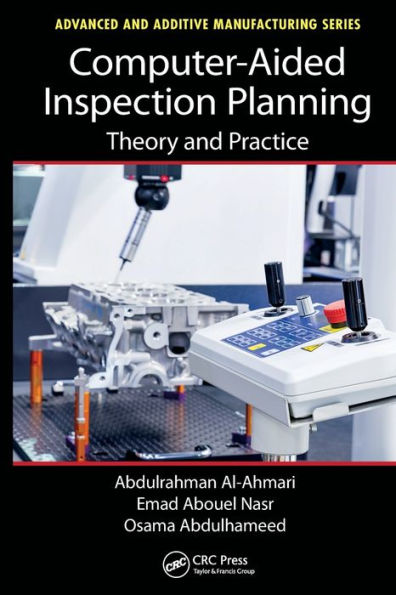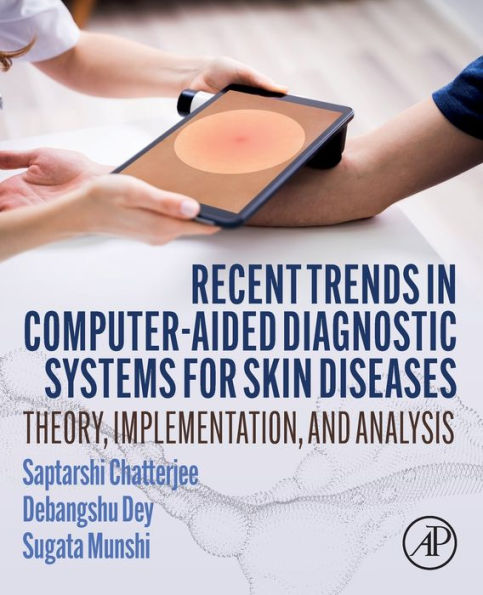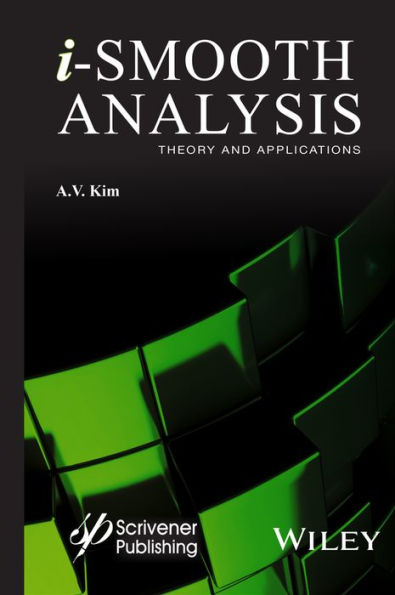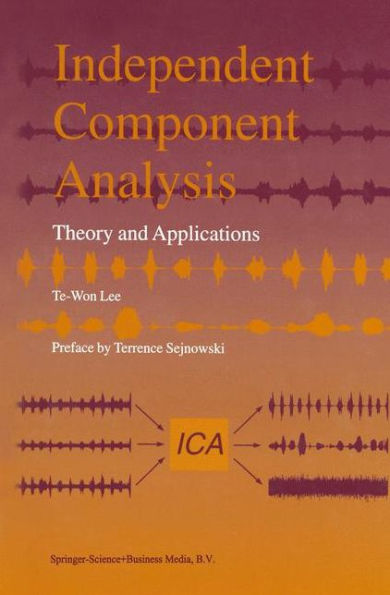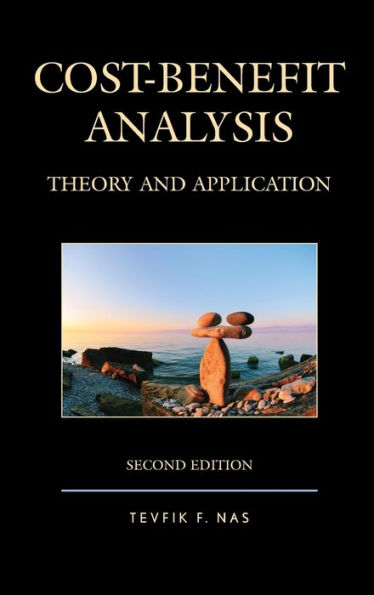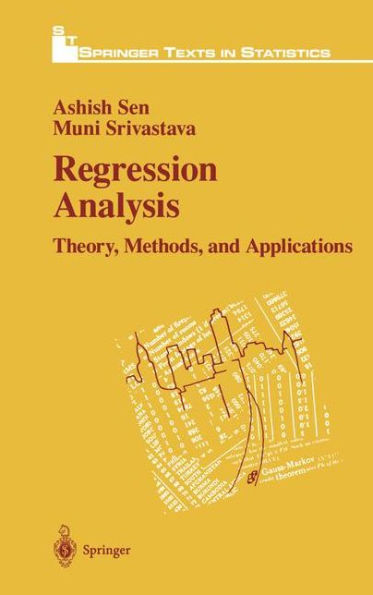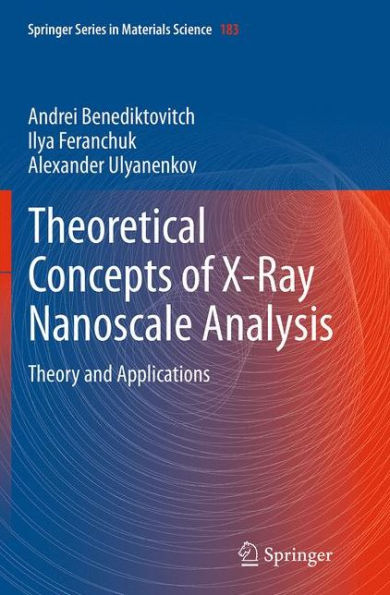Home
Computer-Aided Decision Analysis: Theory and Applications
Barnes and Noble
Loading Inventory...
Computer-Aided Decision Analysis: Theory and Applications in Franklin, TN
Current price: $95.00
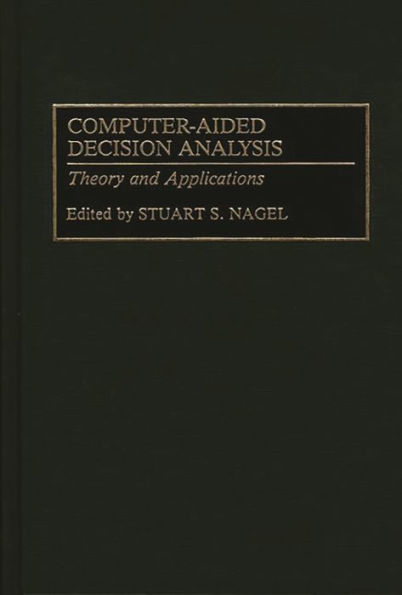
Barnes and Noble
Computer-Aided Decision Analysis: Theory and Applications in Franklin, TN
Current price: $95.00
Loading Inventory...
Size: OS
The essence of decision-aiding software is that it consists of various forms of microcomputer programming designed to enable users to process a set of (1) goals to be achieved, (2) alternatives available for achieving them, and (3) relations between goals and alternatives in order to choose the best alternative, combination, allocation, or predictive decision-rule. Benefits from using decision-aiding software include (1) being more explicit about goals to be achieved, alternatives available for achieving them, and relations between goals and alternatives; (2) being stimulated to think of more goals, alternatives, and relations than one would otherwise be likely to do; (3) being prepared to handle multiple goals, alternatives, and relations without getting confused and without feeling the need to resort to a single composite goal or a single go/no-go alternative; (4) being encouraged to experiment with changes in the inputs into one's thinking to see how one's conclusions are affected; and (5) being better able to achieve or exceed one's goals when choosing among alternatives or allocating scarce resources.
There are five parts to the book covering: (1) a broad overview of decision-aiding packages, including criteria for evaluating them; (2) approaches that are based on management science and operations research, including linear programming and decision trees; (3) spreadsheet-based software, generally with goals on the columns, alternatives on the rows, relations in the cells, overall totals for each alternative at the far right, and a capability for indicating how the totals would be altered as a result of changes in the inputs; (4) expert systems software including rule-based and knowledge-based expert systems; and (5) general applications of decision-aiding software and a discussion of the increasing utilization of such software.
There are five parts to the book covering: (1) a broad overview of decision-aiding packages, including criteria for evaluating them; (2) approaches that are based on management science and operations research, including linear programming and decision trees; (3) spreadsheet-based software, generally with goals on the columns, alternatives on the rows, relations in the cells, overall totals for each alternative at the far right, and a capability for indicating how the totals would be altered as a result of changes in the inputs; (4) expert systems software including rule-based and knowledge-based expert systems; and (5) general applications of decision-aiding software and a discussion of the increasing utilization of such software.
The essence of decision-aiding software is that it consists of various forms of microcomputer programming designed to enable users to process a set of (1) goals to be achieved, (2) alternatives available for achieving them, and (3) relations between goals and alternatives in order to choose the best alternative, combination, allocation, or predictive decision-rule. Benefits from using decision-aiding software include (1) being more explicit about goals to be achieved, alternatives available for achieving them, and relations between goals and alternatives; (2) being stimulated to think of more goals, alternatives, and relations than one would otherwise be likely to do; (3) being prepared to handle multiple goals, alternatives, and relations without getting confused and without feeling the need to resort to a single composite goal or a single go/no-go alternative; (4) being encouraged to experiment with changes in the inputs into one's thinking to see how one's conclusions are affected; and (5) being better able to achieve or exceed one's goals when choosing among alternatives or allocating scarce resources.
There are five parts to the book covering: (1) a broad overview of decision-aiding packages, including criteria for evaluating them; (2) approaches that are based on management science and operations research, including linear programming and decision trees; (3) spreadsheet-based software, generally with goals on the columns, alternatives on the rows, relations in the cells, overall totals for each alternative at the far right, and a capability for indicating how the totals would be altered as a result of changes in the inputs; (4) expert systems software including rule-based and knowledge-based expert systems; and (5) general applications of decision-aiding software and a discussion of the increasing utilization of such software.
There are five parts to the book covering: (1) a broad overview of decision-aiding packages, including criteria for evaluating them; (2) approaches that are based on management science and operations research, including linear programming and decision trees; (3) spreadsheet-based software, generally with goals on the columns, alternatives on the rows, relations in the cells, overall totals for each alternative at the far right, and a capability for indicating how the totals would be altered as a result of changes in the inputs; (4) expert systems software including rule-based and knowledge-based expert systems; and (5) general applications of decision-aiding software and a discussion of the increasing utilization of such software.
